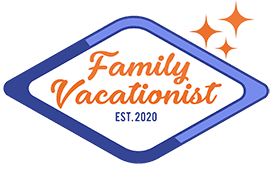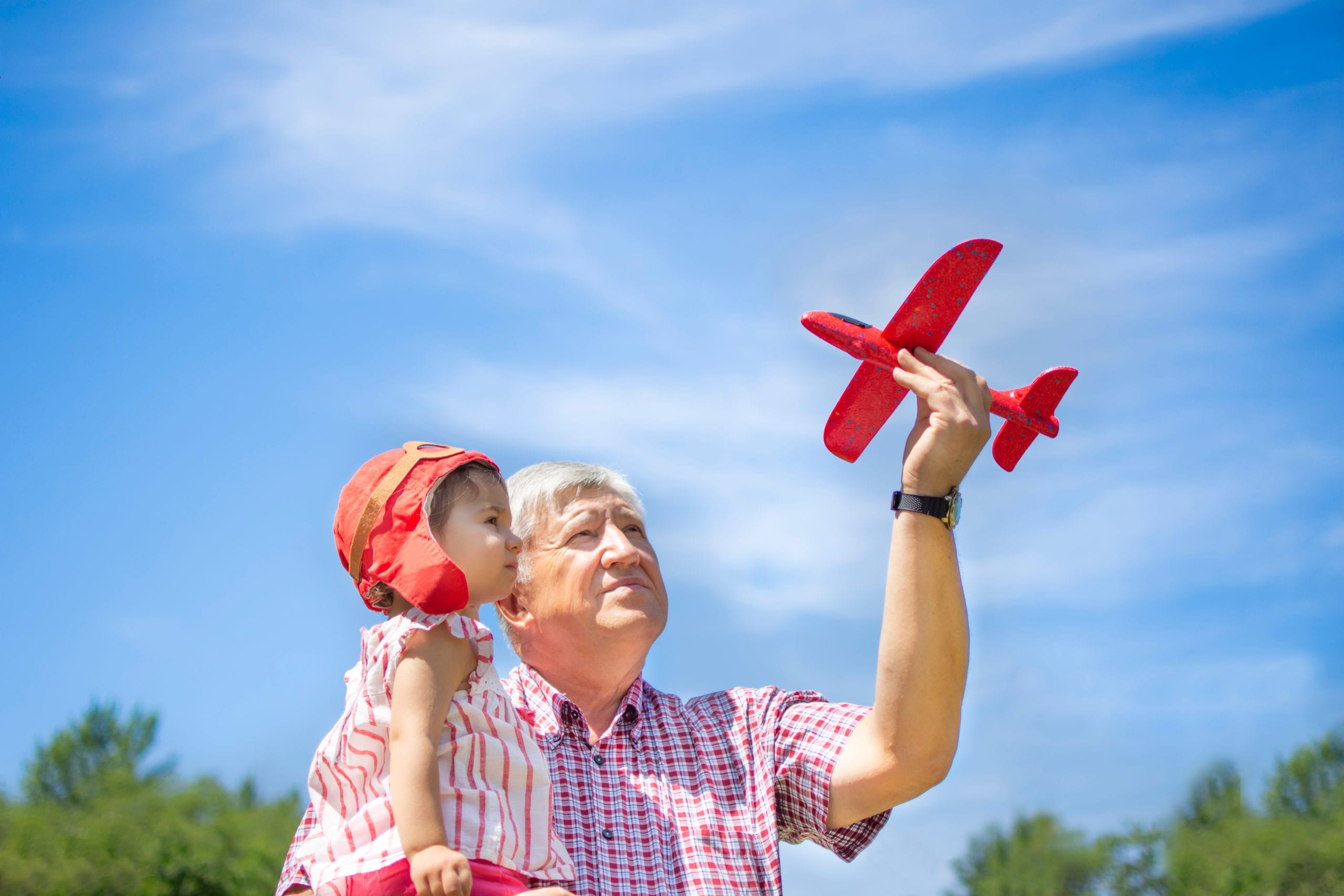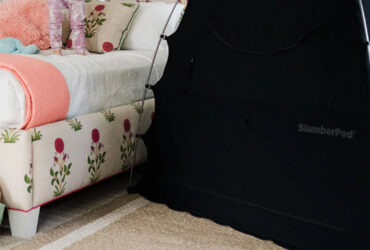If you’re a senior (or worry about the older parents and grandparents in your life), you know that you’re in an at-risk demographic for the highly contagious COVID-19 virus. And you’ve seen that social distancing has been shown as an effective way to limit exposure in public areas. So how can you minimize the risk of exposure to travelers carrying the virus if you have to fly somewhere? The fundamental answer is that you can’t—at least not to the extent you can in other situations. Here’s where you stand as of May 2020.
Social Distancing in the Airplane Cabin? Unlikely
The crucial challenge for social distancing when flying is in the cabin. And, for obvious reasons, adhering to the generally recognized standard six-foot or two-meter spacing isn’t feasible: Most planes would have to limit occupancy to something like 10 to 15 percent of the seats. That’s an economic non-starter. It’s not happening now, and it won’t happen in the future.
The Middle Seat Compromise
As a compromise, some airlines are limiting the worst crowding by blocking middle seats in three-seat sets and providing equivalent spacing in other layouts. Long-term, that’s also an economic non-starter. Although several airlines have announced they’re blocking middle seats, most are honoring that promise on only a de-facto basis: They’ll block those middles only as long as they’re unable to sell more than two-thirds of the airplanes’ seats. When they can sell more tickets than that, those extra flyers go into those middle seats. Currently, Delta and JetBlue have bucked the trend and actually promise empty middles. But those promises extend only through July. For the long haul, airlines must either sell middles or increase fares by 50 percent. And you know how that would work out.
Airlines’ Strategies for Minimizing Coronavirus Risks on Airplanes
Instead of enforcing social distancing on airplanes, airlines try to minimize exposure risks in a bunch of other ways:
- Require passengers, flight personnel, and airport staff to wear face masks.
- Curtail in-cabin service that requires personal handling of meals, drinks, and such.
- Screen travelers before boarding—take temperatures and even blood tests.
- Rigorously disinfect planes before each flight.
- In some cases, disinfect boarding travelers with ultraviolet light or disinfecting mist.
- Erect physical “sneeze barriers” in all locations where face-to-face contact is required.
- Orchestrate boarding and deplaning procedures to prevent the usual crowding.
- Long-term, require health “passports” as a condition of travel.
Nobody knows how well or how poorly these and similar measures will limit exposure. Cynics are already calling them “health theater,” similar to the way many folks dub TSA’s efforts as “security theater.” But this is the best you’re likely to see, at least after midsummer.
Strategies for Minimizing Coronavirus Exposure on Flights
What can you do as a senior or grandparent if you do need to travel in the coming months? Consider the following strategies to lessen your exposure risk. But do note that, while these options can help reduce your risk of exposure to the virus, to best protect yourself, you should continue to avoid non-essential travel for now, and instead stay at home as much as possible.
Strategy 1: Find a Less-Crowded Flight
Even if airlines have stopped blocking middle seats, you can try to find a lightly loaded flight where middle seats are likely to be unoccupied. Most lines show available seats during the booking process, and Google Flights shows seat availability on most fare searches before you have to commit to a purchase.
Strategy 2: Buy an Extra Seat
You can also guarantee an empty middle on your own. Almost all lines allow a couple to buy an entire three-seat group for two travelers by paying the regular fare for the unoccupied middle. That means accepting a 50 percent fare hike, but it’s usually a lot cheaper than flying first class. That may be acceptable to many couples, but it’s not so good for solo seniors. Yes, sometimes you find a lightly loaded flight where travelers get an empty middle without paying extra. If you paid extra and everyone else gets it free, just say “kismet” and enjoy your flight.
Strategy 3: Don’t Fly
Beyond that, your only other options are (1) taking Amtrak in the few routes it serves, where seating is much less dense than on airplanes, or (2) driving. Many industry mavens are speculating that because of extra hassles and worries, the break-even one-way distance for driving rather than flying will increase to as much as 1,000 miles. My take is that the real break-even distance will go no higher than how far you can drive on one day, and for most of us, that’s less than 1,000 miles. But it’s also a good bit more than the current consensus of around 300 miles.
More from FamilyVacationist:
- Kids Sail Free: 4 Cruise Lines That Are Letting Kids Cruise Free
- 10 Products to Keep Your Family Healthy on Vacation
- 3 Secrets of a Happy Family Vacation with Grandparents













